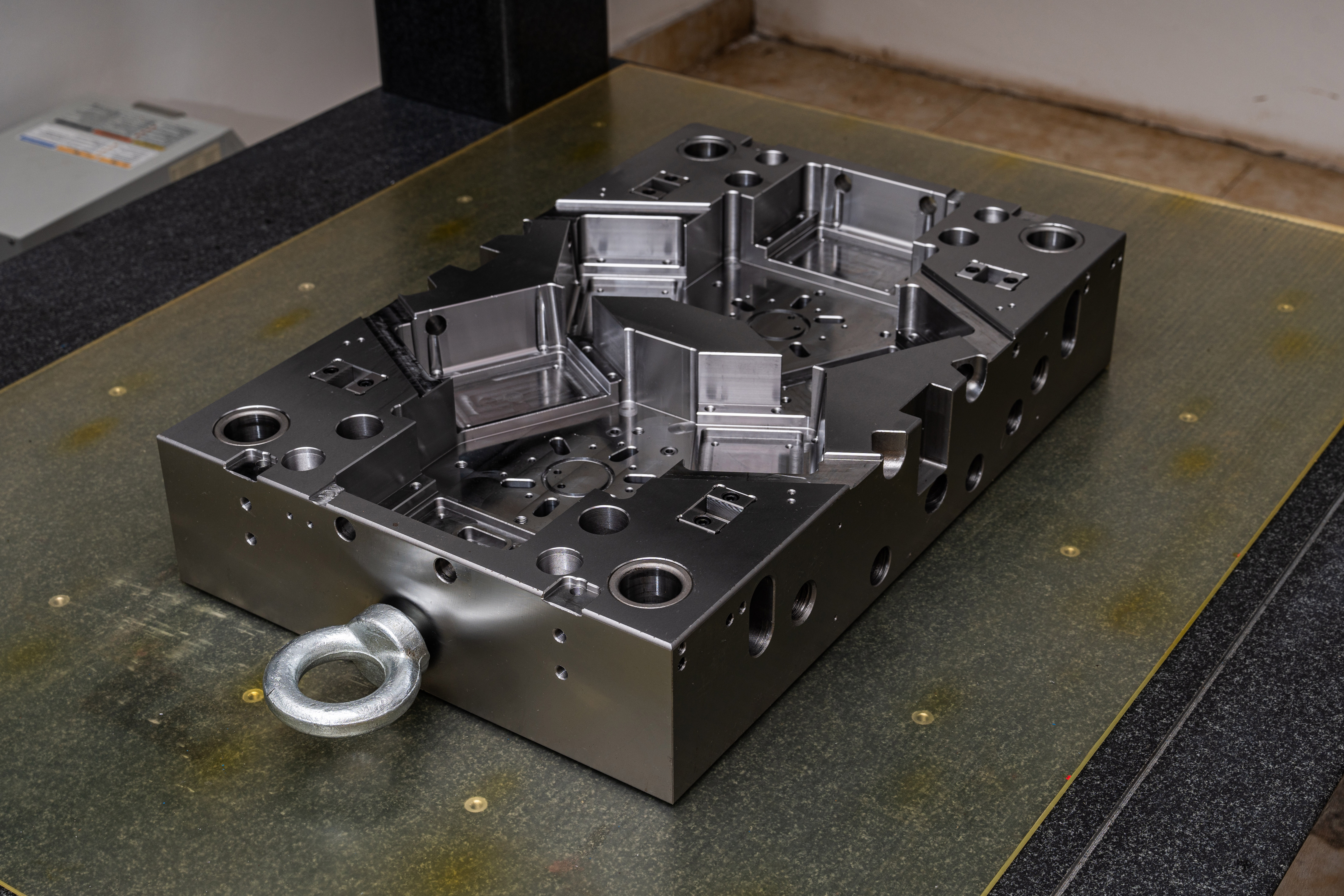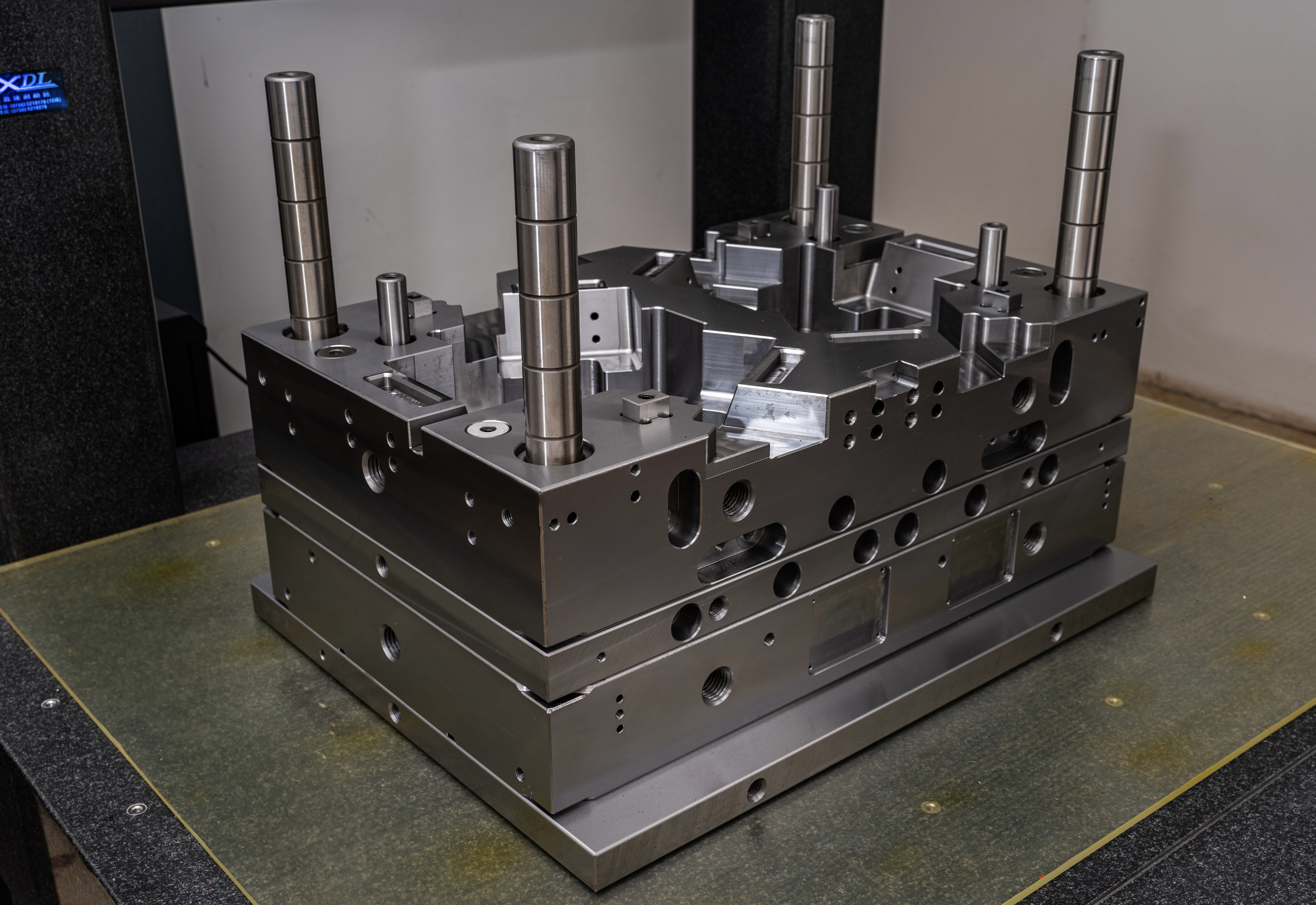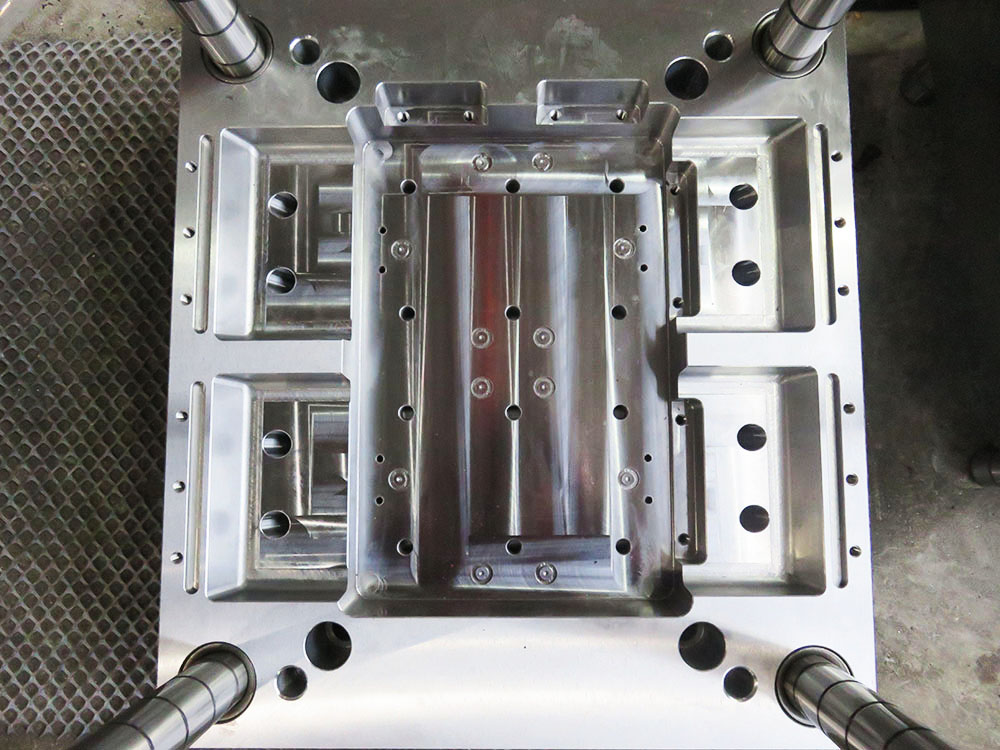How to Determine the Size of a Die in CAD Drawings
In the mold base industry, accurate design and manufacturing are essential for successful die production. One crucial aspect of this process is determining the size of the die through CAD drawings. Properly determining the die size ensures that the finished product will fit within the specified parameters and function correctly. This article will detail the steps involved in determining the size of a die in CAD drawings.
Step 1: Understand the Required Specifications
Before starting the CAD design process, it is essential to have a clear understanding of the required specifications. This includes the material being used for the die, the dimensions and tolerances required, as well as any other specific requirements such as surface finishes or markings.
Step 2: Set Up the CAD Environment
Once the specifications are known, set up the CAD environment with the appropriate settings. This includes selecting the correct unit of measurement, such as inches or millimeters, as well as adjusting tolerances and other parameters to match the required specifications.
Step 3: Create a 2D Sketch
Next, create a 2D sketch of the die shape based on the specified dimensions. This can be done using basic drawing tools such as lines, arcs, and circles. Ensure that the sketch accurately represents the final shape and size of the die.
Step 4: Extrude the Sketch
After creating the 2D sketch, extrude it to the desired depth to create a 3D model of the die. The extrusion depth should match the required specifications provided earlier. This step will give the die its physical form and size in the CAD environment.
Step 5: Add Additional Features
Depending on the die's requirements, additional features such as holes, slots, or threads may need to be added to the design. Ensure that these features are also accurately sized and located according to the specifications.
Step 6: Check for Interference
At this stage, it is essential to check the 3D model for any potential interference or collision points. This can be done by using the CAD software's interference checking tools. Correct any issues that arise to ensure that the die will function properly and fit within its intended application.
Step 7: Determine the Final Size
Finally, determine the final size of the die by measuring the dimensions of the 3D model within the CAD software. Use the software's measurement tools to obtain precise measurements for length, width, and depth. Record these measurements as the die's final size.
In conclusion, determining the size of a die in CAD drawings is a crucial step in the mold base industry. By following the steps outlined in this article, professionals can ensure that the die is accurately designed and manufactured to meet the required specifications. Proper size determination contributes to the overall success and functionality of the die, ultimately leading to efficient and effective production processes.




